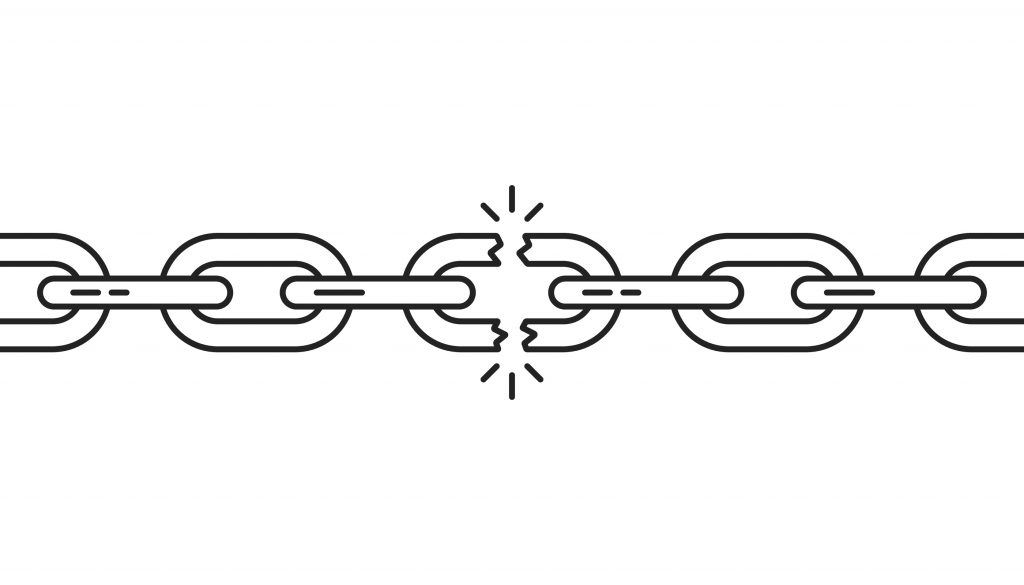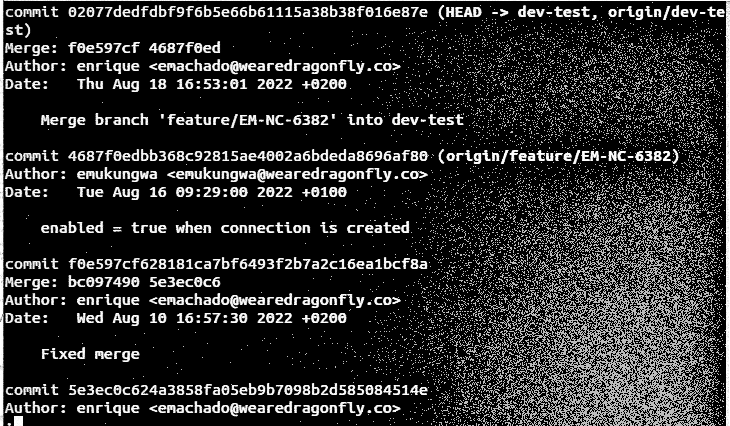Status reporting is a crucial aspect of project management and provides invaluable insight into the progress, quality and efficiency of delivery. However, most project management reporting is undertaken at a set level of detail and a more high-level C-Suite focussed report is often overlooked. Discover 3 tips to improve your Jira reporting skills. Don’t miss the opportunity to keep the C-suite up to date with relevant and concise dashboards.
Here are 3 killer techniques to help your C-Suite reporting:
Make sure you understand the business objectives and challenges
Understandably, usually due to time pressures, many people will simply use the standard options such as those found in the Jira reporting tool. The number of tests passed, the type, priority or root cause of defects, or similar measures provided in a Jira reporting dashboard are only truly meaningful to the C-Suite if you’re able to apply a business-focussed lens that translates the lower-level test metrics into how they’re impacting, or might impact, the business.
Take the time to clarify the business’ objectives, any KPIs that are tracked, and the challenges the business is currently facing, and then tailor your C-Suite reporting against these.
For example, let’s say that you’re using the Jira reporting tool to provide the average defect turnaround time. This is informative but using that information to then illustrate the impact on the time-to-market or extrapolating the mean time to resolution (MTTR) to show effort/cost by different systems or root causes will be much more meaningful to the C-Suite.
Test managers will know that the out-of-the-box Jira project management doesn’t cater well for testing and therefore an add-in is required to provide test management for Jira. We recommend Zephyr for Jira, which allows you to bake in several testing-related gadgets into your Jira reporting dashboard. As with the defect information provided by Jira project management, you should look to take the data provided in Zephyr test management for Jira and apply the business lens to make it more meaningful to the C-Suite.
Separate out your C-Suite reporting from your project or programme-level reporting
To reduce the overhead of using the Jira reporting tool, many teams or organisations will take a one-size-fits-all approach and produce a single standard report, either directly within a Jira reporting dashboard or copy/pasting individual metrics into Excel or email. Whilst most of us will be in favour of optimising process and identifying efficiencies, having a single format of test reporting will invariably lead to it having far too much detail to be of use or interest to the C-Suite.
Producing separate levels of data in your Jira reporting tool to also cater for the C-Suite should always pay dividends and lead to a return on that investment in other areas.
Ideally, using a tool that can seamlessly handle multiple levels of reporting will be the most efficient option. Dragonfly’s engineering and quality management platform, neuro, is a perfect example of this. The neuro platform takes a real-time feed of data from Jira project management and Zephyr test management for Jira (as well as Jenkins for Continuous Integration) and provides a level of detail tailored to the individual. This means that a Test Manager, a Programme Manager, and the C-Suite can see the information most meaningful and useful to them. More information on neuro can be found here.
Keep it simple and focus on actionable intel
What is the production defect leakage trend, what’s having a tangible impact on the quality of end products, what could save the company money? Focus in on a few key measures from Jira project management and Zephyr test management for Jira (or neuro 😉), tied in with the business’ KPIs discussed in point 1, and overlay that information with recommended actions for improvement to home in on the value to the C-Suite.
The emphasis there should be on the word ‘action’. You’re aiming for simple, clear recommendations that can be easily actioned.
Also make sure you promote a feedback loop regarding the reporting, so you can continuously improve the quality and relevance of the information you’re providing, whether that’s within Jira project management, Zephyr, neuro, or the commentary and recommendations you overlay.



